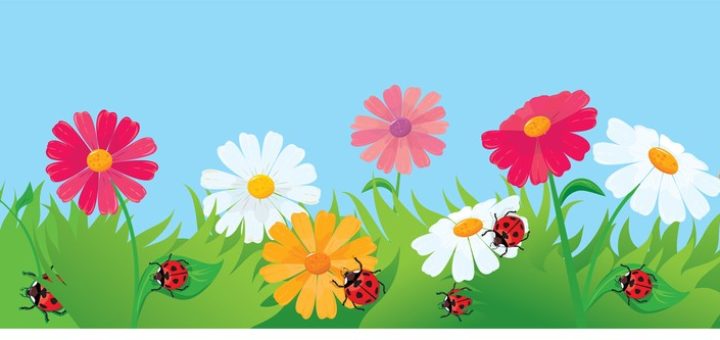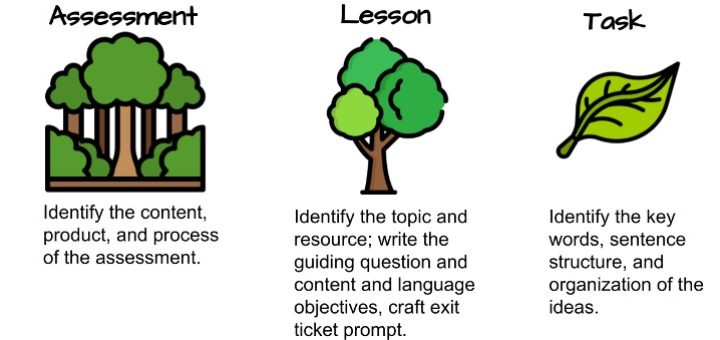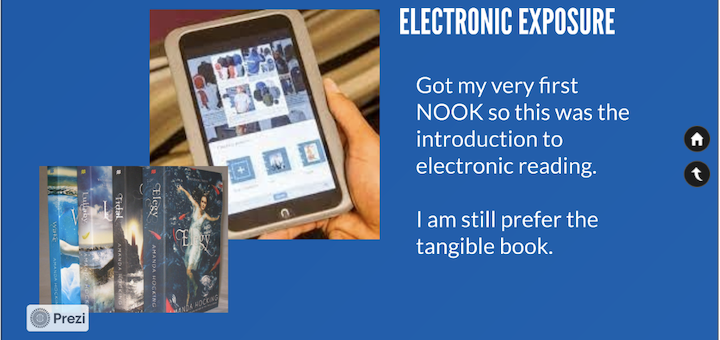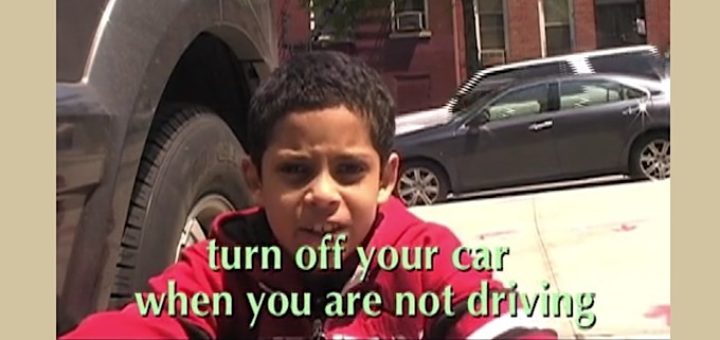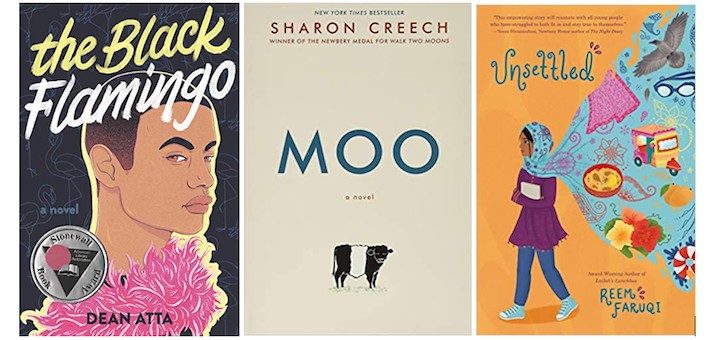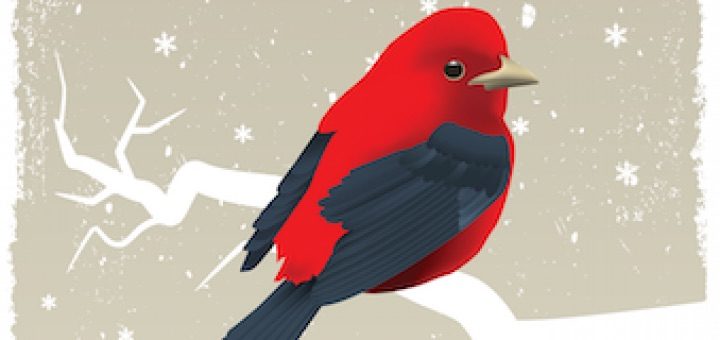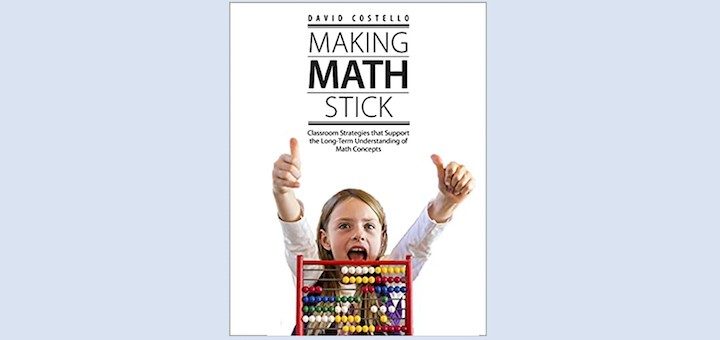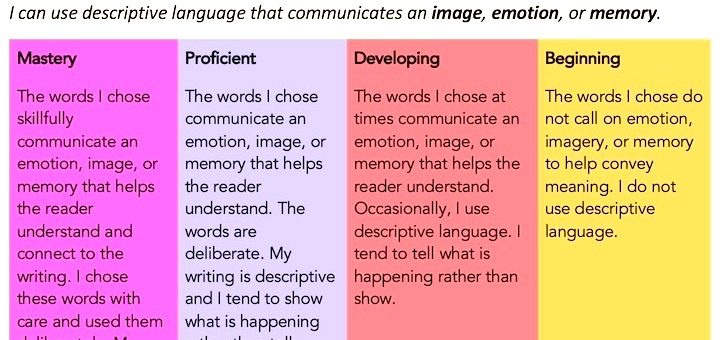Spring Celebrations to Enliven Your Classroom
Boost learning and fun this spring with quirky calendar celebrations collected by ed consultant Anne Anderson. Whether it’s observing National Optimism Month in March or Paper Airplane Day in May, adding exclamation points to the arrival of spring is a win for everyone!

